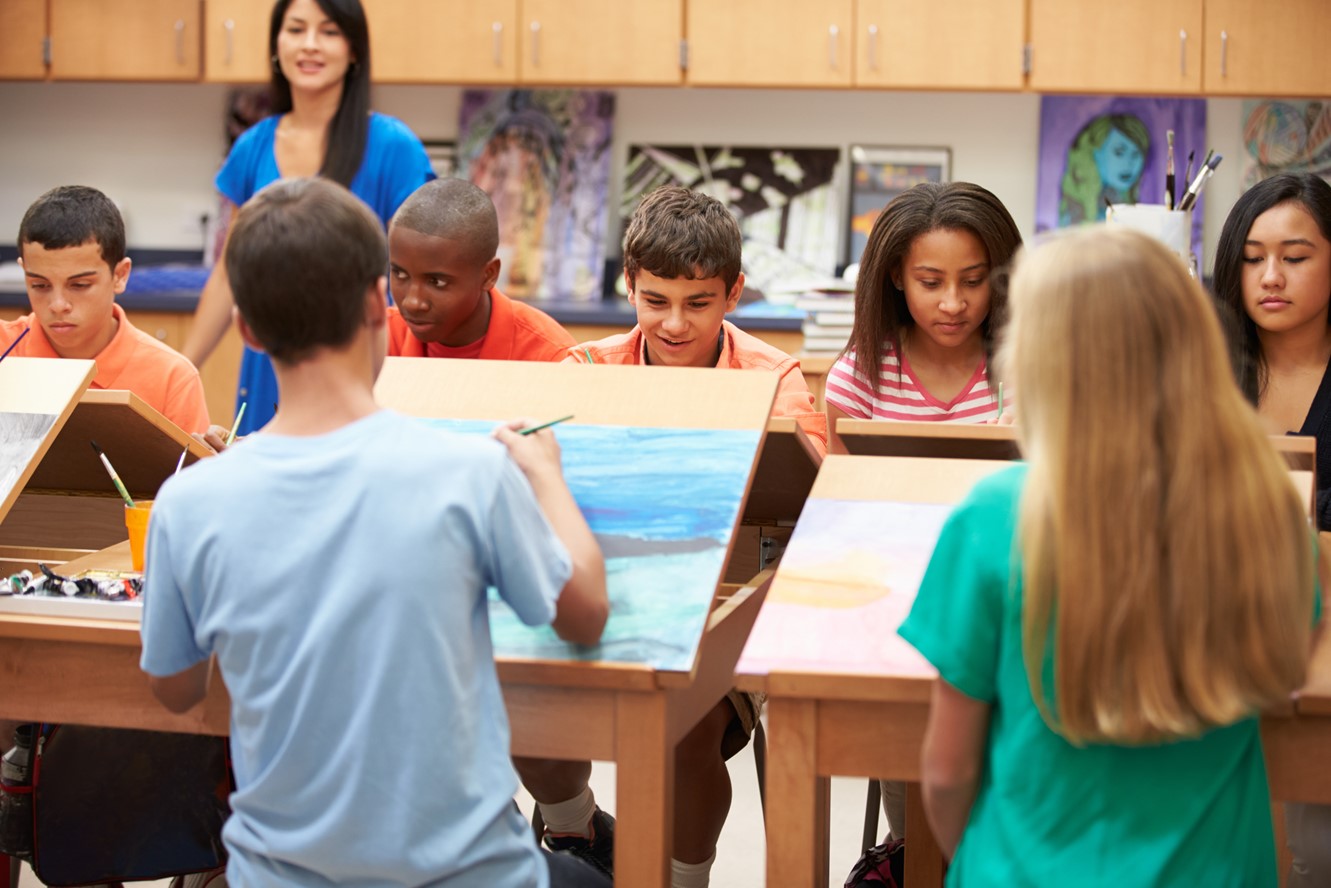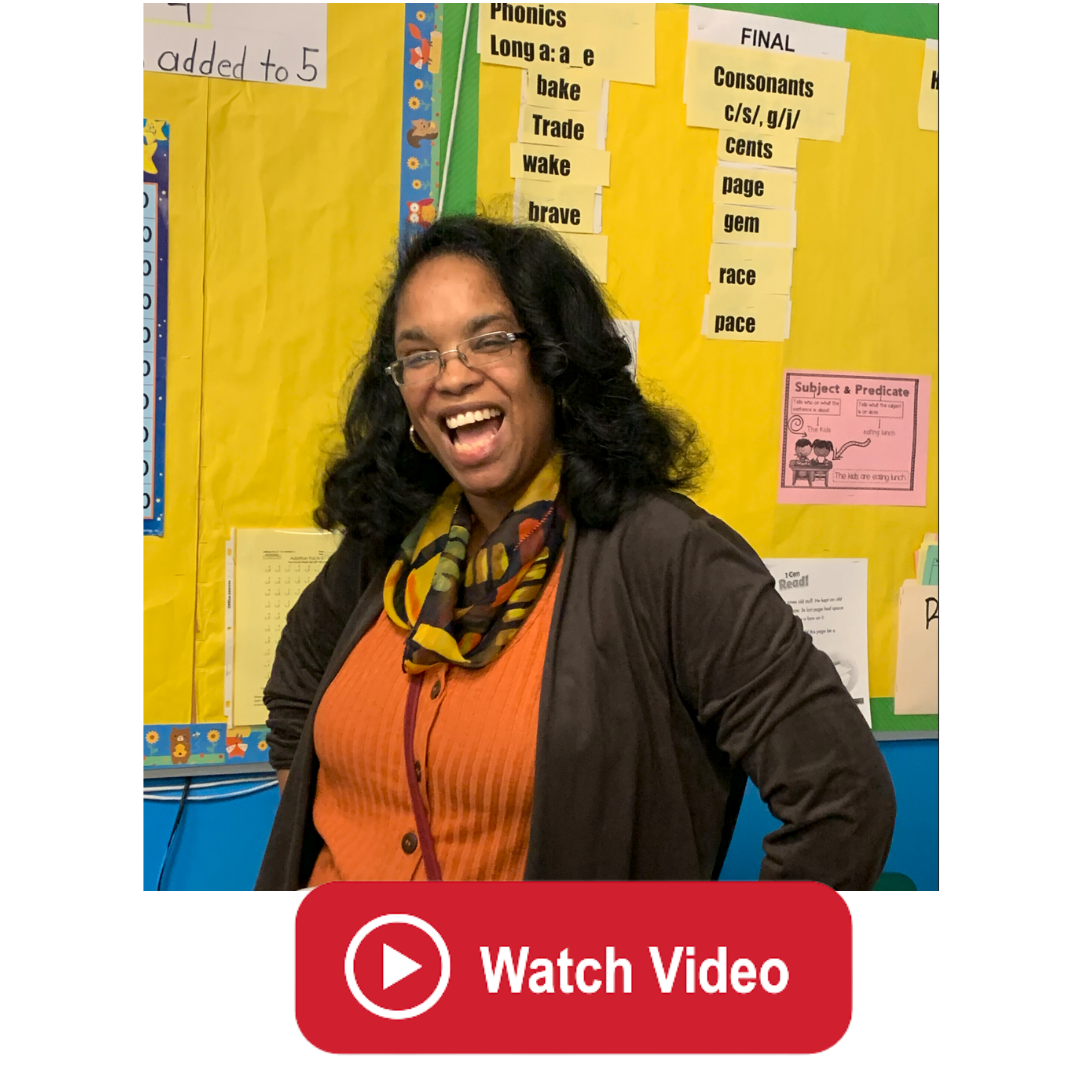The Art of Teaching English Language Learners

English Language Learners (ELLs) are a vital and enriching presence in any classroom. They bring a wealth of cultural diversity and experience that fosters a vibrant learning environment. However, navigating language barriers, adapting to new learning expectations, and feeling isolated can pose significant challenges for ELL students, impacting their academic success. As educators, particularly those without prior experience, supporting ELLs can feel overwhelming. This blog post explores the unique challenges and rewards of teaching ELLs in the art room and offers practical strategies to create a space where all students can thrive.
From Blank Stares to Artistic Triumphs: A Personal Experience
My own journey teaching ELLs began at a dual language school. Stepping into a classroom of 25 kindergartners, none of whom spoke English, was an eye-opening experience. An entire class of English Language Learners stared at me blankly when I began to teach, and when they asked questions in their native languages, I found myself returning their stare.
Keeping these young students engaged in a lesson, following a sequence of project steps, and making them aware of classroom rules were all a challenge. I had to quickly alter my lesson plans to open communication and create a supportive learning environment.
On the other hand, art is a universal language, and visual art can be the one subject that someone with a language handicap might excel at. Amidst the initial difficulties, a glimmer of hope emerged. One student, a non-verbal ELL in 4th grade, grasped the art concepts effortlessly. He meticulously followed instructions and excelled during the hands-on activity. Unfortunately, when it came to testing the students on content knowledge, he struggled with the written questions. The ones he tried to answer, he wrote in a language I couldn’t read. This encounter highlighted the complex needs of ELLs and the importance of finding alternative ways to bridge the communication gap.
Strategies for Success in Any Classroom
My research unearthed a treasure trove of strategies applicable not just to art classrooms, but to any subject.
Here are some key approaches to consider:
• Culturally Responsive Teaching: Make use of the experiences ELL students bring with them. Students enjoy sharing experiences with the class. Acknowledging and incorporating these experiences into the classroom might mean selecting artists, artwork, traditions, or even a flag or symbol from the student’s native country to use in a lesson. This will enhance the curriculum for all students, but especially help the English Language Learner feel more connected to the learning.
• Sheltered Instruction: A teacher can modify instruction to help the ELL learners with such things as a word wall to help with common art vocabulary, labels on supplies and around the room, visual aids, and hands-on activities. Using simplified language and consistent words for things, repeating directions, and establishing routines all make for a supportive environment that allows a student to focus on the actual learning.
• Explicit Directions: While this is important for all students, for English Language Learners, it is crucial. Directions for a project should be given in multiple ways, orally, written, and visual, such as showing a labeled picture of the supplies, a live demonstration, visual picture, or video of step-by-step directions, in addition to saying them. Using expressive gestures, like waving hand gestures for warm and arms crossed for cool while talking about warm and cool colors make things clearer. By providing multiple ways to give information, it increases the student’s ability to understand and helps build their vocabulary.
• Peer Collaboration: Partnering up students or having them sit next to each other can be just what they need. However, it's important to avoid framing the relationship as helper-needy learner. Peers should be reminded that the new student isn’t a younger sibling or a sight-impaired individual, but a student that saw the directions given and just needs to sit next to someone to help follow along and fill in any gaps of understanding by a missed word meaning.
Building a Thriving Learning Community
Ultimately, English Language Learners are a valuable part of the class. Supporting them requires a comprehensive and intentional approach to address their specific needs and learning challenges.
With strategies like culturally responsive teaching, sheltered instruction, explicit directions, and peer support, educators can create an inclusive learning environment that encourages their academic and language development while benefiting all students with a culturally rich classroom community.

If you’re considering following your dream of teaching, Rutgers Alternate Route can offer you the support and training you need to succeed. Be sure to follow Rutgers Alternate Route on Twitter and sign up for Alternate Route’s monthly newsletter for more information and stories from the field of education.

 Aviva Goldfarb teaches Elementary Art in a Central New Jersey district. A Fine Art and Design major in college, Aviva used her art knowledge and creative talent to pursue a career in teaching through the Rutgers Alternate Route. The Yeshiva University and FIT graduate is driven by a passion for sharing her love for the creative process, connecting with students, and imparting life-enhancing lessons.
Aviva Goldfarb teaches Elementary Art in a Central New Jersey district. A Fine Art and Design major in college, Aviva used her art knowledge and creative talent to pursue a career in teaching through the Rutgers Alternate Route. The Yeshiva University and FIT graduate is driven by a passion for sharing her love for the creative process, connecting with students, and imparting life-enhancing lessons.





